Obituary for Janice Clarke
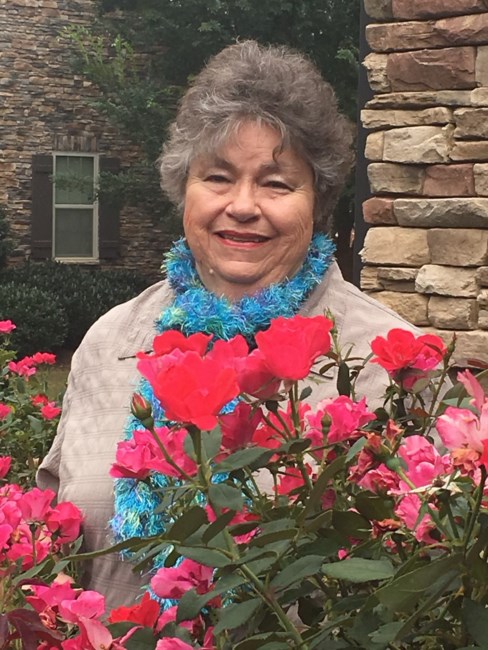
SEPTEMBER 23, 1939 – JANUARY 4, 2024
Janice Edith Clarke, age 84, was born in El Paso, TX, September 23, 1939, and passed away on Thursday, January 4, 2024, in Georgia. She was a longtime biology schoolteacher in El Paso, Ysleta, and Fort Worth, TX.
Janice always loved learning and after obtaining her undergraduate degree, she went on to complete her master’s and Ph.D. before retiring.
Janice loved roses. She joined the American Rose Society in 2008, then became a Consulting Rosarian in 2012, and remained an active CR until her death. She served as president of the Fort Worth Rose Society for five years.
Janice moved to Kennesaw to be near her daughters about ten years ago. Living in a retirement community in Georgia, she was unable to garden, so she moved her growing interests to her daughter’s yard. She joined both the Greater Atlanta and Greater Gwinnett Rose Societies when she moved here. Because of the distances involved, she was not always able to attend meetings, but when she did, she was always ready with a big smile.
Many of us remember her volunteer work when the Greater Atlanta Rose Society hosted the 2022 Deep South District Convention and Rose Show in Ellijay. Janice took on the task of managing food service at the winery, including two major meals. She became ill halfway through that weekend, but she had planned so well that the organizers were still able to make the banquet a success.
Janice loved the outdoors. She was an adventurous person who hiked the Grand Canyon Rim to Rim, ran the Colorado River on a raft, and visited at least one country on every continent during her travels.
Janice is survived by her daughters Catherine Neel and Debbie Diedrich. In lieu of flowers, contributions may be made in Janice’s memory to The Nature Conservancy Georgia or the Sierra Club Georgia Chapter, which are her two favorite organizations.
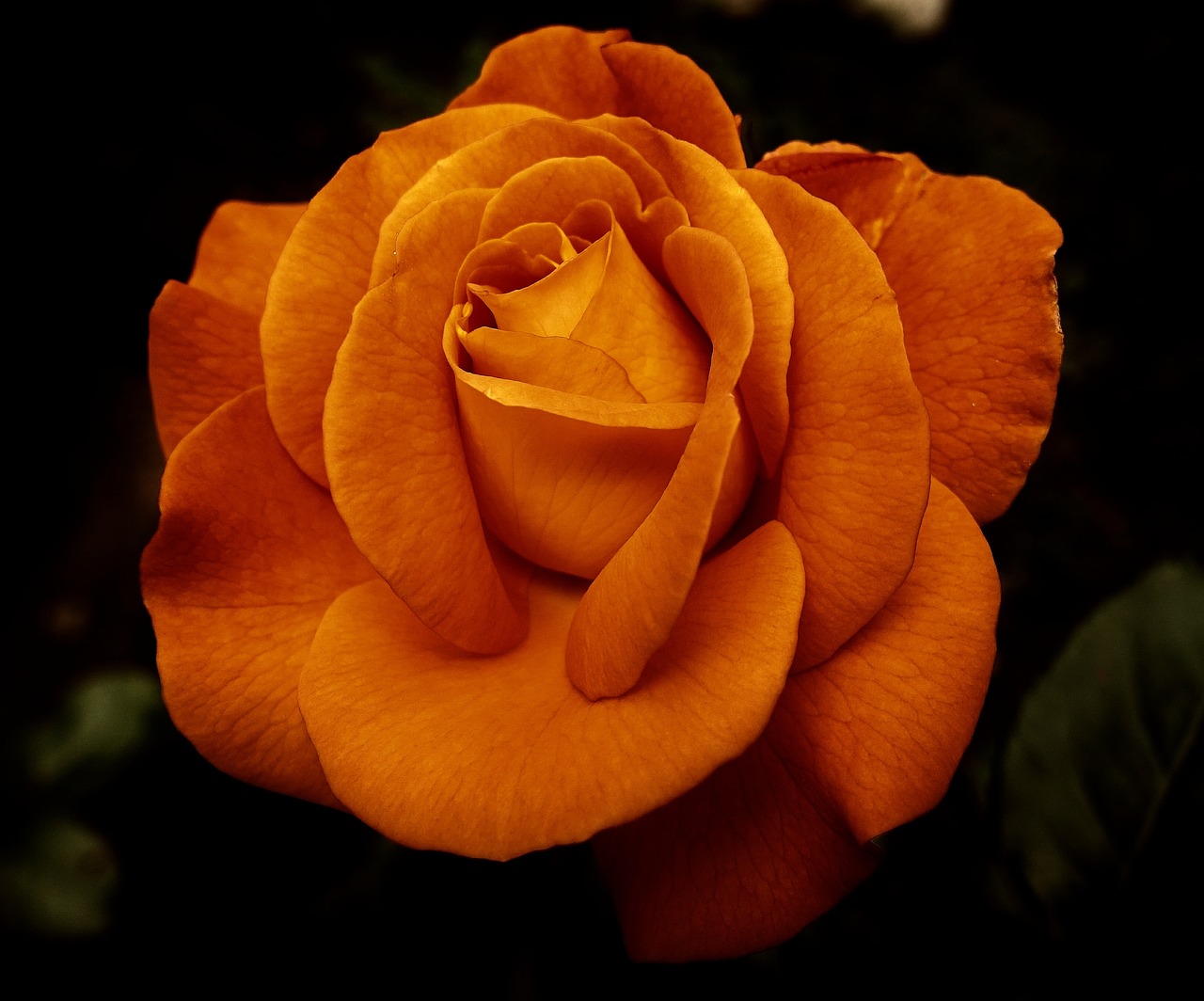
Growing Roses
Growing roses can be a rewarding and enjoyable endeavor. To start, choose a suitable location for your roses that receives at least six hours of direct sunlight each day. Prepare the soil by removing weeds, loosening it with a garden fork, and adding organic matter like compost or well-rotted manure. Select healthy rose plants from a reputable nursery, ensuring they are disease-resistant varieties suited to your climate. Dig a hole slightly larger than the plant’s root ball and gently place it in, ensuring the bud union (the swollen area where the rose was grafted onto the rootstock) is level with the soil surface. Fill the hole with soil, firming it gently around the roots. Water thoroughly and mulch around the base of the plant to retain moisture and suppress weeds. Regularly water your roses, providing deep soakings rather than frequent shallow watering. Prune them in early spring to remove dead or damaged wood and shape the plant. Apply a balanced rose fertilizer according to the package instructions to promote healthy growth and abundant blooms. Keep an eye out for common rose pests and diseases, promptly treating any issues that arise. With proper care, your roses will flourish, rewarding you with beautiful blooms and fragrant blossoms.
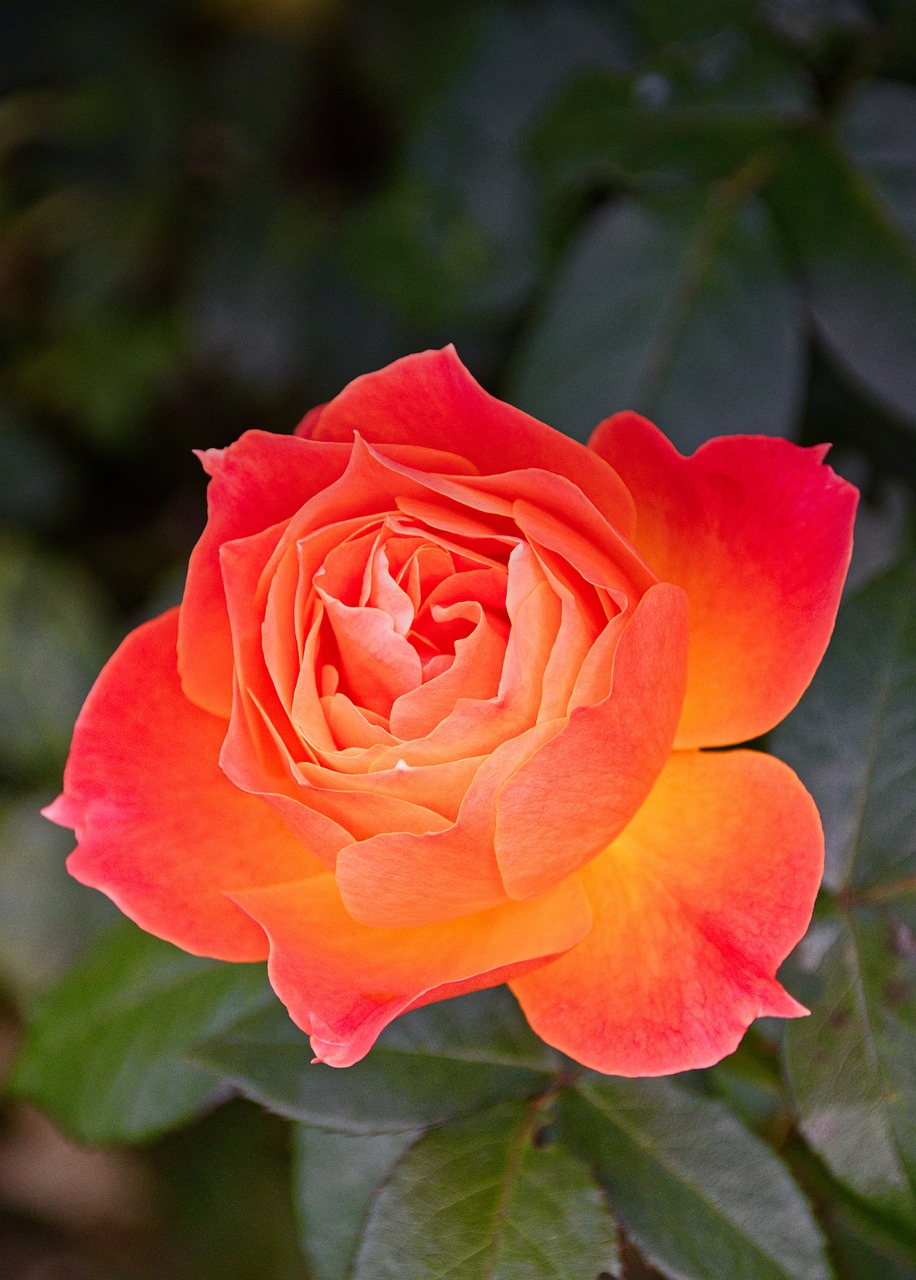
Identifying Diseases
Disease in roses can be caused by fungi, bacteria or plant viruses. Note that with climate change, diseases are spreading to new areas that never had them before. The most common diseases are caused by fungi. Black spot on roses usually starts near the bottom of the bush. The spots are brown or black and have feathery margins. The leaves often turn yellow before they fall. If left untreated, the black spot will quickly move up the plant until all parts of the plant are affected. Powdery mildew is also caused by a fungus. Powdery mildew causes the leaves and flowers of the rose to be covered in a film of white mildew. The leaves of the rose will also blister and twist. The infected foliage may turn to a red or burgundy color. Cercospora Leaf Spot was considered a rose disease of the deep south but now, with climate change and increased temperatures, CLS is moving north. Some varieties of roses that are resistant to black spot are not resistant to CLS. CLS will appear during hot weather with prolonged rainy spells. Rose Mosaic disease is caused by a virus infection of the rose. These roses will produce fewer blossoms and have shorter canes. Symptoms include a mosaic pattern on the leaves or there may be ring spots or line patterns.
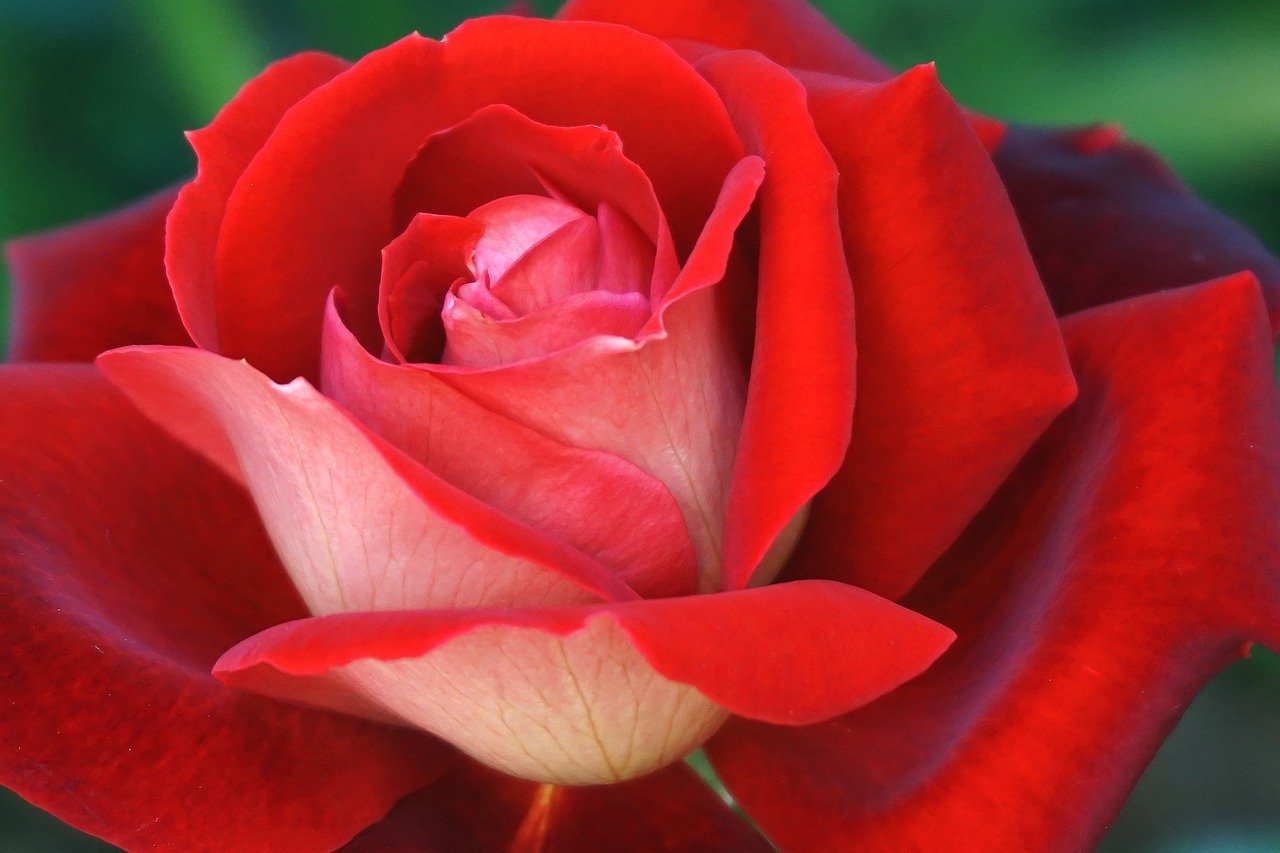
Insect Damage
Aphids are the most common rose bush pest. They are tiny, soft-bodied insects. Aphids target rosebuds, soft stems, and new leaves for the plant sap inside them. The leaves will appear wilted or curled, while rosebuds will appear wrinkled. Aphids also produce a substance called honeydew that attracts ants and can develop into a mold on the rose leaves. Japanese beetles are one of the most common beetles that feed on roses. These rose bush pests appear in mid-May and stay through August. They are about a half-inch long with a metallic green body and copper head. Spider mites are extremely tiny rose bush pests that feed on the plant from underneath the leaf. You really need a magnifying lens to spot these guys. They often spin very fine webs on the undersides of leaves. A good way to confirm if you have spider mites is to tap a leaf with a piece of white paper underneath. You should see tiny specs fall onto the piece of paper. Whiteflies are winged insects with soft bodies. These rose bush pests are tiny, often only 1/12-inch in size. Similar to aphids, whiteflies feed on plant sap, and they also produce the substance known as honeydew that attracts ants.
January in the Rose Garden
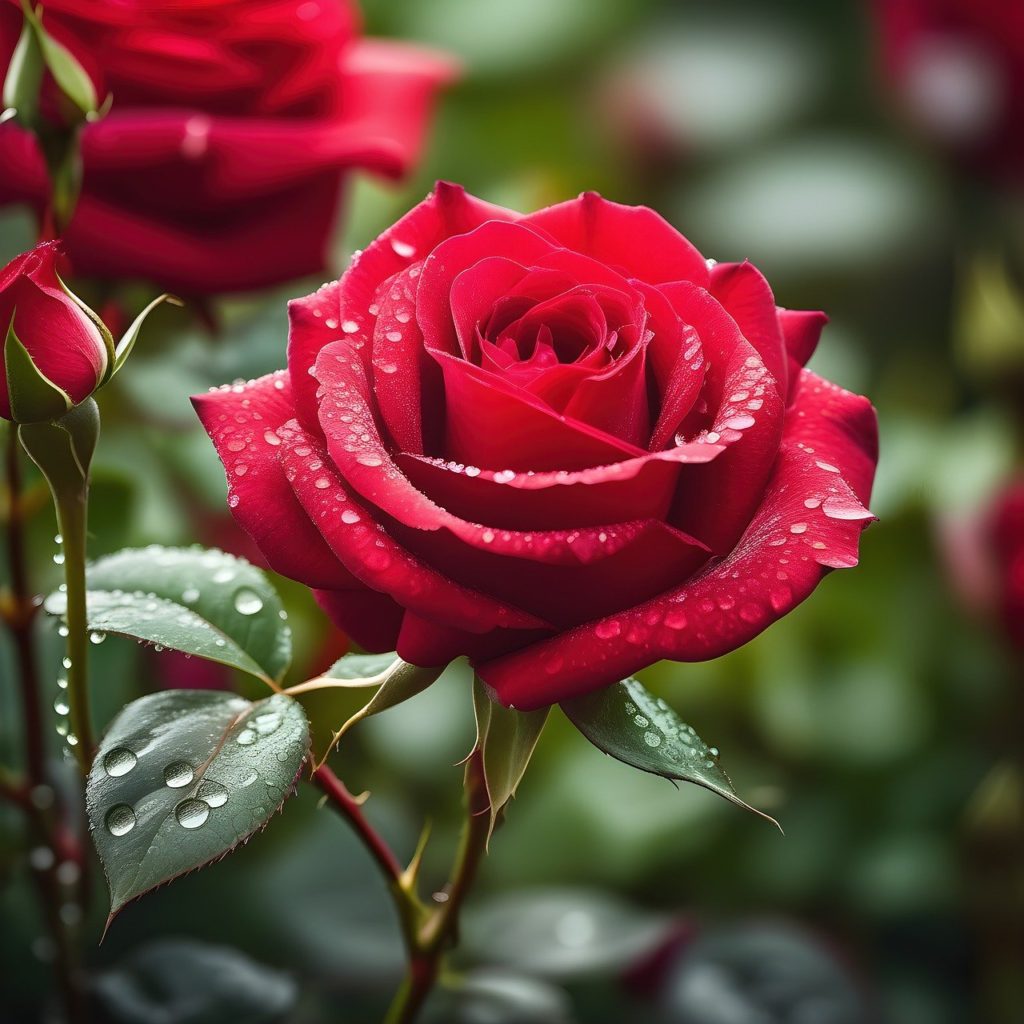
By Bet Sobon, Consulting Rosarian
bet.sobon@outlook.com, 770-561-6846
Observe
– For the world overall 2023 was expected to be the warmest on record. Georgia was setting records through the end of August, then slacked off through the end of the year. Still, December brought us (Atlanta) five days at freezing or below and 13 days at 60 degrees or above; you may have had more or fewer in your garden. Welcome to the rollercoaster that is winter! Still, our average daily temperatures were only a degree or two warmer than they were in 2022. Temperatures were just cool enough that we had no open rose blooms for Christmas.
El Niño is expected to be with us through spring, so we might have some higher-than-normal chances of rainfall and normal temperatures. That doesn’t sound too bad.
Water – December rainfall was quite variable around our area. Griffin, Covington, and Jonesboro were one to two inches short of rainfall for the month, while Gainesville, Johns Creek, and Alpharetta had 1.4 to 2.7 inches more rainfall than usual. We averaged out to slightly above normal rainfall for December, and slightly below normal rainfall for all of 2023.
For all of 2023, Johns Creek was the wettest reporting station, with twelve inches more rainfall than normal, while the Atlanta airport (Peachtree City) was driest, with 8.4 inches less rainfall than usual, out of an average annual rainfall of about 50 inches. Yes, variability reigns (rains)!
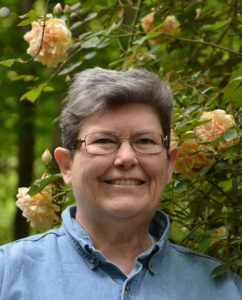
Lake Lanier is more than six feet below the full pool, while Lake Allatoona is almost 12 feet low. Winter rains will help our roses be ready for spring bloom, but summer may require added water to help them through. Do you have a plan to irrigate your roses without wasting water? Don’t forget to you’re your watering needs on how much rain falls in your garden, not just at the airport. When one of our cold snaps nears, remember to water to fortify your roses to cope with the cold weather.
Don’t Feed – No more feeding until spring. It would only promote soft growth that would be wiped out by another hard freeze.
Spray – In theory, you should continue spraying fungicides as long as there are leaves on your bushes. We certainly have leaves on ours here in our warm pocket of Gwinnett County, even after several hard freezes. However, we’ve been too busy to spray in the last month. We hope to use a lime-sulfur dormant spray this month in combination with a horticultural oil like Bonide, Parafine, or Volck Oil, to clean up fungi and insects that are overwintering on and under the rose bushes. If you use lime sulfur, spray on a day when the temperature will remain above freezing overnight. Remember to spray early enough this month that your roses are not actively growing, which they are likely to resume sometime in January. Lime-sulfur and horticultural oils are traditional “organic” garden sprays, but lime-sulfur carries a DANGER label, so use your protective gear while you spray. If you don’t have lime-sulfur, you can use a regular spray combination like BannerMaxx and Manzate (a systemic and a contact fungicide), to be ready for new growth come “spring.”
Cut Back – You should already have trimmed the tops of large bushes to about chest high to prevent the bushes from whipping around in high winds, which can damage the roots.
I have always warned you not to prune yet, reserving hard pruning for late February or early March to avoid stimulating too-early growth. However, since roses are starting their spring growth earlier and earlier each year, it should be safe to start pruning earlier (although this might interfere with timing your spring peak bloom for rose shows, garden tours, or other special events). Some folks with lots of hybrid teas to take care of tell us they prune big shrubs and climbers in late January, so they have ample time to prune the hybrid teas later. If you do start pruning early, be prepared to protect those bushes when a freeze threatens tender new growth.
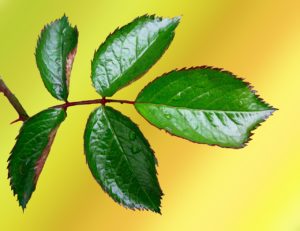
Mulch – Hopefully you added mulch around your roses before Christmas to protect them from extreme temperatures. You can still mound extra mulch around the bud union of grafted roses, or you can build a cage (made out of fencing, wire mesh, or newspapers) around the bush to hold even more mulch. Our temperatures in winter can be quite variable. December temperatures ranged from the mid-twenties to the mid-sixties in Atlanta; January temperatures may range from 10° to 70° or above in our area, often only a few days apart. Our roses are genetically primed never to go fully dormant, so they can be more likely than some other plants to suffer freeze damage. You’ve probably learned by now that some varieties of roses are more winter-tender than others. We still remember the year all the ‘St. Patrick’ roses died. Focus your attention on the varieties that need to be babied, especially any roses in pots.
Work on Dirt – While the ground isn’t frozen, start preparing new beds for late winter planting. Have the soil in rose beds tested if you haven’t done it in the last year and add dolomitic lime (sometimes labeled as calcium carbonate with magnesium carbonate) if the soil pH is too low. Our ideal range for roses is a pH of around 6.5. If yours is lower than that, add lime.
Assess Your Tools – While you have some downtime this month, collect your tools and see how they survived the last year. Did you lose them in the garden somewhere, leaving them dirty, rusty, and sticky with sap? Clean, sharpen, and oil them now if you can, so they’ll be ready when it’s time to prune. If you don’t know how, ask! Don Schwarz has helped Rose Society members with tools for many years.
I think a new pair of pruners, loppers, or a pruning saw would make a great Valentine’s Day gift for your honey or yourself, so start checking for sales online now. There are many brands and models available. I prefer tools suitable for largish hands and carpal tunnel syndrome, which can be more expensive, but my first pair of pruners cost about $5 at K-Mart back when I had only a few roses to prune. Try them out before you buy, so you can be sure of fit and ease of use.
Plan and Order – This is a great time of year to plan. One cold winter day curl up with catalogs or browse your computer to see what’s new and what you can’t live without. Select your roses from reliable nurseries (ask if you’re not sure), and don’t forget to compare the rosy catalog descriptions with the ratings in the most recent ARS Handbook for Selecting Roses to choose the best roses for your garden. I prefer roses rated 8.0 or higher. Consider carefully when you will want new roses to arrive – probably late February or early March will be the best time to plant.
Take time to see what fertilizers and chemicals you have on hand, and figure out how much more you will need for the coming year. Don and I like to use Purely Organic (from Shealy) or Mills Magic Rose Mix (from Beaty Fertilizers) twice a year, plus nine-month Osmocote and a 20-20-20 soluble fertilizer; this gives our roses a varied diet of long-lasting, fast-acting, and organic nutrition to feed the rose throughout the year.
We will also use pesticides like Honor Guard, Compass or azoxystrobin, Cleary’s 3336, Manzate or mancozeb for diseases, and Akari, Hexygon, Floramite, and/or Avid for spider mites, to rotate through the year. If you can’t use all this in a year, talk to a friend about sharing products you both use (swapping the bottle as needed) to get the most bang for your buck. If you don’t know which products you’ll need, or how much, ask a Consulting Rosarian. That’s what we’re here for.
Plan to order your fertilizers and chemicals through the Rose Society if you can, for the best products and lowest prices. Beaty usually delivers to Greater Atlanta in early March and has a great line of fertilizers. Shealy usually delivers to Greater Gwinnett near February 1, and provides a range of chemicals and fertilizers. Check your newsletter for ordering information! You will also be able to purchase products at the Deep South District Mid-Winter Meeting, January 19-20. Rosemania has closed, and many of our most cost-effective chemicals are not available locally, so our only other option will be browsing the internet for our needs.
Get the Most from Your Rose Society Membership – Many of us originally joined a Rose Society just for a newsletter, or just for access to supplies and sales. And either of those is worth the price of your membership. But there are other benefits of membership that you should consider and take advantage of.
Society meetings have been sparse since COVID, and even if you were a member before, you may not have taken advantage of them. A meeting will probably have a speaker on various topics related to roses and rose growing. While similar information may be posted on the internet, what you will find there is unlikely to apply to issues that arise in growing roses around Atlanta. Seasons, climate, soil, disease pressures, successful varieties, timing, all are influenced greatly by our microclimates. In addition, rose society meetings are where local rose lovers come together to share their passion for and knowledge about roses and rose growing. And we all love to talk roses, especially Consulting Rosarians, who have had training in these issues and are available to help you find the answers to your rose-growing questions. You’ll be able to find the right mentor to guide you in your rose growing adventure.
Rose shows are special rosy events that occur in spring and/or fall. Even if you aren’t a competitive person, a rose show provides us with an opportunity to find out who is growing the kinds of roses you are most interested in, and who is growing them well, so you can learn from them. It gives us a chance to show off our most-beloved roses so we can encourage others in finding that right rose to grow. As an example, Don and I have grown ‘Carefree Beauty’ successfully since we first started growing roses. It’s not a great rose for competition, but we try to bring it to every rose show so we can offer it to others as a lovely, low-maintenance rose to grow in Atlanta. You may have a favorite like that, too. I find that a rose show spurs me to grow better roses, and sometimes I need that discipline in our garden. Rose shows are also a rare way to experience and compare fragrances and other rose attributes that can never be adequately described in catalogs and other rose literature. A rose show is something no rose lover should miss.
Perhaps most importantly, a rose society is where you’ll make special rose friends. From your first meeting, you’ll notice it. We’re a varied lot, in age, sex, race, experience, occupations, education, and origins – but we share a love of roses. You may see folks in business suits and others fresh out of the garden in sweaty T-shirts and muddy shoes. We are joined by our love of roses, and we’d like you to join us, too.
Enjoy! – When I was first learning about roses, I was regularly traveling from Atlanta to Texas several times a year. I found a series of rose gardens to visit along the way, in Shreveport, Tyler, and Fort Worth, where I’d make notes on what was in bloom, how healthy the bushes looked, how fragrant they were, and my overall impression of whether I would want to grow that rose variety. I often found rose blooms hanging on even in January; maybe they were freeze-dried, but they were still there, usually on a bush that still held its leaves. What a heartwarming sight in a cold season! You can continue to enjoy the beauty of your rose garden this winter, too. Learn, be inspired, and plan for the future.
About us
The Gwinnett Rose Society is an affiliate of The American Rose Society serving Greater Gwinnett County.
The Gwinnett Rose Society promotes the culture, preservation, and appreciation of the Rose, and improves its standard of excellence for all people, through education and research.
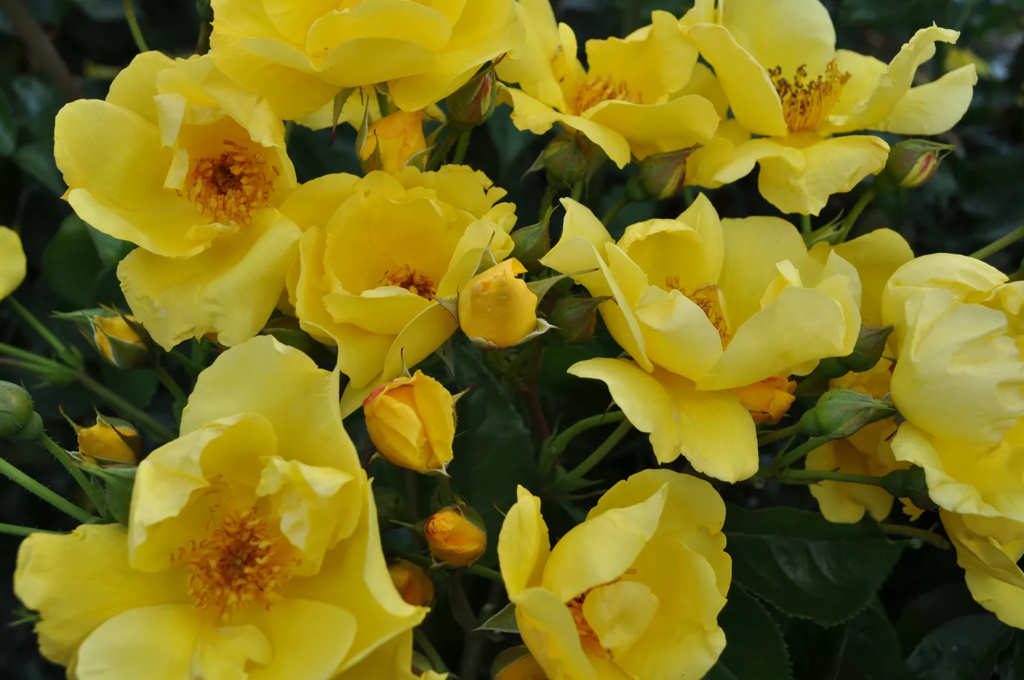
Talk to us
Have any questions? We are always here. Our Consulting and Master Rosarians are certified by the American Rose Society. They are delighted to answer your rose questions
